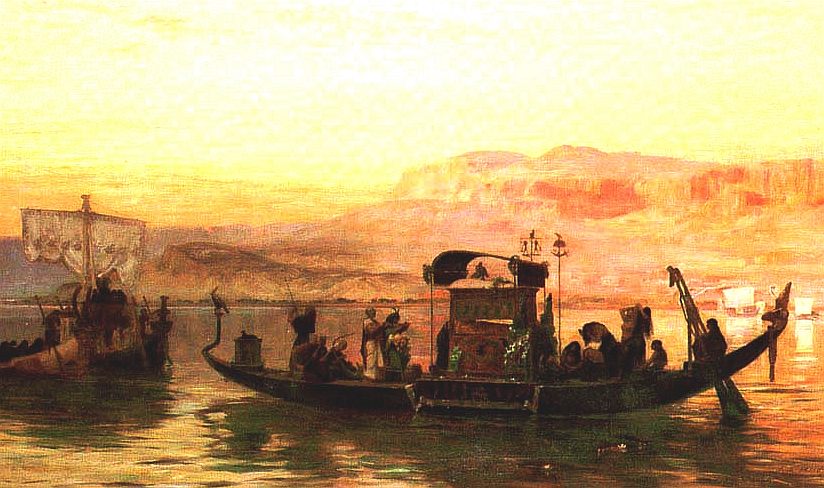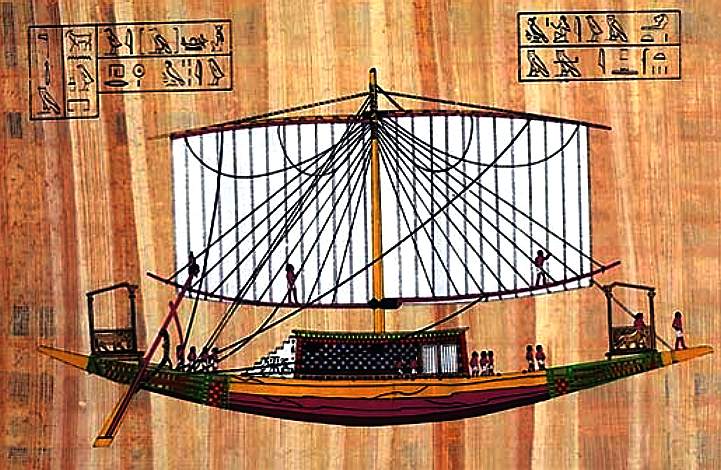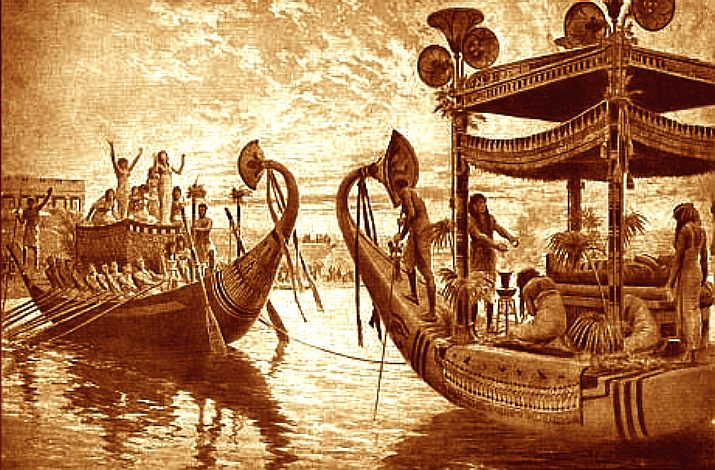|

TOMB
RAIDERS:
Kathleen Martinez is
seen here with Glen
Godenho at the Taposiris Magna temple.
The
whereabouts of Queen Cleopatra's tomb is still
a mystery for now.
2019
ARCHAEOLOGICAL EXCAVATIONS - KATHLEEN MARTINEZ & ZAHI HAWASS
EGYPT - archaeologist Kathleen Martinez made a phenomenal discovery in the hunt for Queen Cleopatra after finding two mummies of high-ranking officials in. The search for Cleopatra however continues.
Kathleen Martinez, is the Dominican head archaeologist that led the team that handled the excavations on site for over fourteen
years.
According to media reports archeologists from the University of Santo Domingo in the Dominican Republic have discovered 16 new burial shafts inside the old
Taposiris Magna Temple, a historical landmark in Egypt.
The temple at Taposiris Magna that contained the mummy was dedicated to
Osiris the ancient Egyptian Lord of the Underworld who was worshipped by Greek leaders in Egypt who honored the old traditions. Willing to discover where several antiquities were coming from that were flooding the black market he came to Luxor from Cairo with that objective. In a rather unique archaeological discovery mummies with golden tongues have been found in an ancient Egyptian burial ground.
The lover of Julius Caesar,
then Marc Antony,
found herself on the losing end of a war; Cleopatra killed herself in 30 BC.
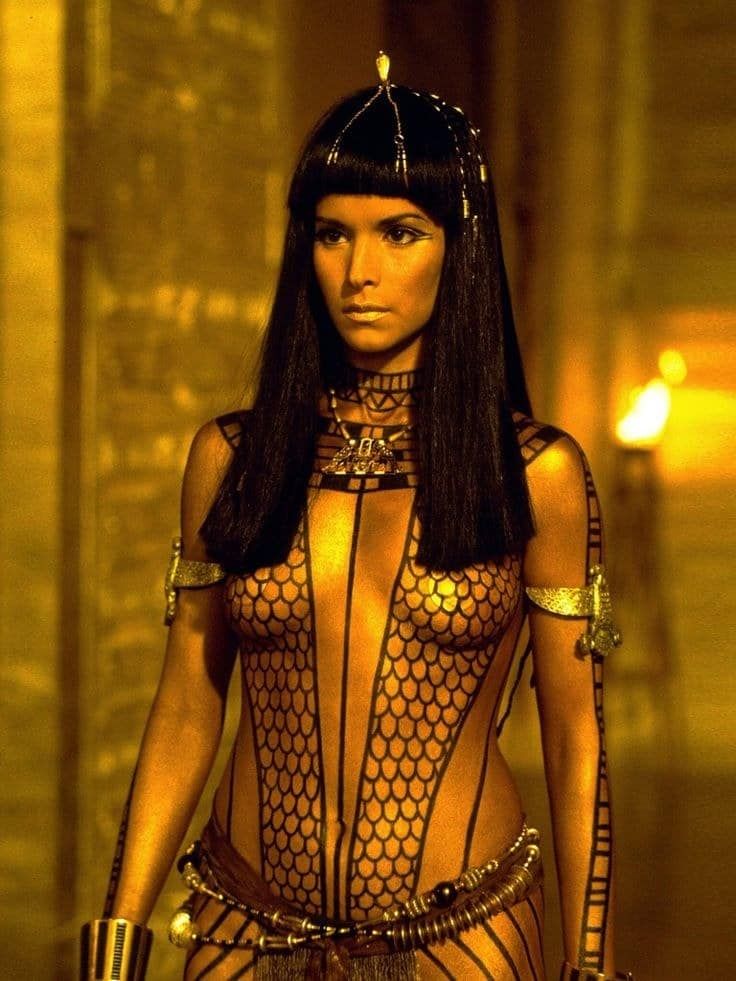
12 OCTOBER 2020
Two priests were discovered in the temple of Taposiris Magna, west of Alexandria which led people to believe that this is the ancient resting place of
Cleopatra herself.
This discovery was made around 2019 when Zahi Hawass released a public statement in which he claimed that he may have uncovered Cleopatra’s tomb in the temple of Taposiris Magna, around 45 kilometers away from
Alexandria.
However, this may have been mistranslated, as new studies confirm the fact that the Last Egyptian
Queen's tomb is thought to be somewhere underwater in the Mediterranean.
After the two mummies were discovered in Taposiris Magna, more people are starting to believe that Cleopatra’s remains might be somewhere inside of that temple.
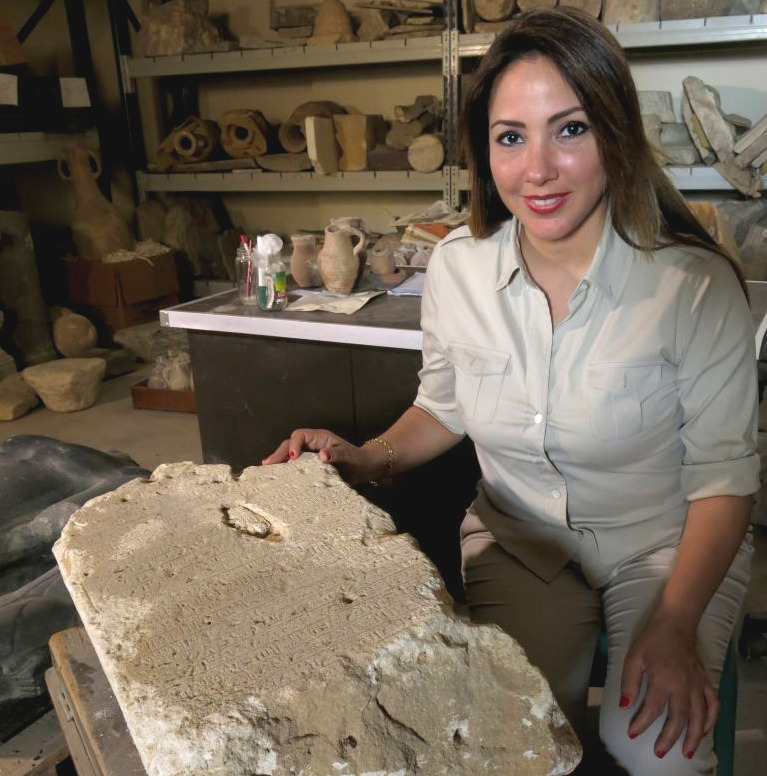
MAY 17 2016 Q & A WITH KATHLEEN MARTINEZ
Why did Kathleen decide to become an archaeologist? Why did she choose Cleopatra? What are the updates on the project? Kathleen Martinez answered
these questions for PBS in 2016.
1. We learned from the episode that you’re a criminal lawyer. What inspired you to become an archaeologist? And how did you start? Do you still practice law?
Kathleen Martinez: From a very young age I recall wanting to be an archaeologist, but my parents discouraged me from pursuing my interests seeing as how there was no Archaeological precedent in the Dominican Republic. They urged me to study a career that was attainable in my country, and so I did. Years later however, the interest remained and I decided to study archaeology as a hobby since I could not hope to work in the field at the time. I never imagined that one day I would be presented with the opportunity to lead an entire excavation project in Egypt in search for the lost tomb of Cleopatra. I dedicated 15 years to study Cleopatra as a historical character but more so the mystery of her last days. The uncomfortable way she chose to die couldn’t have been a sporadic decision; it must have had a special meaning for her. So I decided to take on Cleopatra’s case and analyze her distinct facets: life, death, friends, enemies, and projects. A compilation of ancient’s texts, especially those of medieval Arab and Egyptian writers, as well as steles and papyri allowed me to trace the steps of Cleopatra and Mark Anthony to the temple Taposiris
Manga. In regards to my practice of law, I still handle a few cases but not
many - just important clients. Sometimes I will be inside a subterranean chamber and a client will call me for a consultation, it is a strange sensation.
2. What are the challenges to work as an archaeologist? How are your projects funded? What has been the most rewarding moment of your archeological work so far?
Kathleen Martinez: There are numerous misunderstandings in the minds of the general public pertaining to what it is we actually do. Unfortunately many people don’t see archaeology as real work especially people in third world countries. There is this delusion that archaeological findings that are not gold artifacts are worthless and that demonstrates difficulties when dealing with uncooperative local residents or property owners. In this project we have had difficulties with funding, most of the funds are distributed based on university prestige rather than individual project merit. At the beginning I had to fund the project myself, that was until my theory was being proved by the discoveries we were making at the site and we gradually started gaining support. Similarly, because of my origins working overseas presents to be another challenge: the language, the culture, being way from family. Recently however a new problem has emerged as a result of the Arab Spring, looting and destruction of artifact by religious fanatics jeopardize site preservation.
3. Why did you choose Cleopatra for your project?
Kathleen Martinez: Cleopatra is a fascinating character; she was the first celebrity, the most powerful woman of her time. She was an educated woman in an era where women were strictly forbidden to have an education and above all lived and died attempting to fulfill her duties and defying adversity. The enigma of her life captivated me.
4. Any updates on the project?
Kathleen Martinez: This season we will be working on finalizing the map of the temple for publication, adding to preexisting excavation plans all the discoveries that where made during our project. Most notably however, this season we will be working with groundbreaking GPR [ground-penetrating radar] Survey equipment that will ultimately help us reach our target.

5. What advice do you have for anyone who wants to study archaeology?
Kathleen Martinez: Archaeology offers abundant opportunities for involvement; it is never too late nor too early to become involved. Archaeology transcends borders, culture, language, and any socioeconomic divide. But the most important thing is to be passionate about the work you are doing, to explore and read.
6. If you could go back in time and ask Cleopatra one question, what would it be?
Kathleen Martinez: I would ask her to please elaborate on how she managed to enter the Royal Quarter of the palace concealed in a rug in efforts to meet
Julius
Caesar. How did she come up with such a daring plan? It thrills me.
7. Are there any other historical figures or time periods you would want to investigate once this project is complete?
Kathleen Martinez: My current project is not limited to the search for Cleopatra’s Tomb but also unearthing the complexities of the temple Taposiris Magna. Cleaning and excavating the entire complex will take roughly 40 years, so I’ll be busy for a while.
8. What do you have to say now to those people who doubted your work/theories about Cleopatra’s lost tomb?
Kathleen Martinez: I choose to dedicate my time to the contributions rather than the critiques. The rigorous scientific work we have carried out in the temple Taposiris Magna has been to better comprehend an important historical period much of which remains a mystery. These findings are contributions to Egyptology, they are supported by archaeological evidence that others were unable to discover but that were indeed within this sacred temple. My satisfaction is personal.
https://www.pbs.org/wnet/secrets/cleopatras-lost-tomb-q-kathleen-martinez/2922/
https://www.pbs.org/wnet/secrets/cleopatras-lost-tomb-q-kathleen-martinez/2922/
|
|
The
ocean has swallowed umpteen civilizations, just the past 10,000
years. We may never discover other lost towns and cities, such
as to understand our past, or even explore those we know of,
unless the secrets of the ocean are shared.
Ocean awareness,
or literacy is not presently high on
academic agendas. It is a shocking statistic that we know
more about Outer Space, than we do our underwater
kingdom.
Televised documentary programmes have done a great deal to
make life under the waves more popular, highlighting the
marine litter problem that is of major concern to marine
biologists. With plastic now seen in the remotest corners of
the globe and deepest trenches of the ocean.
|




